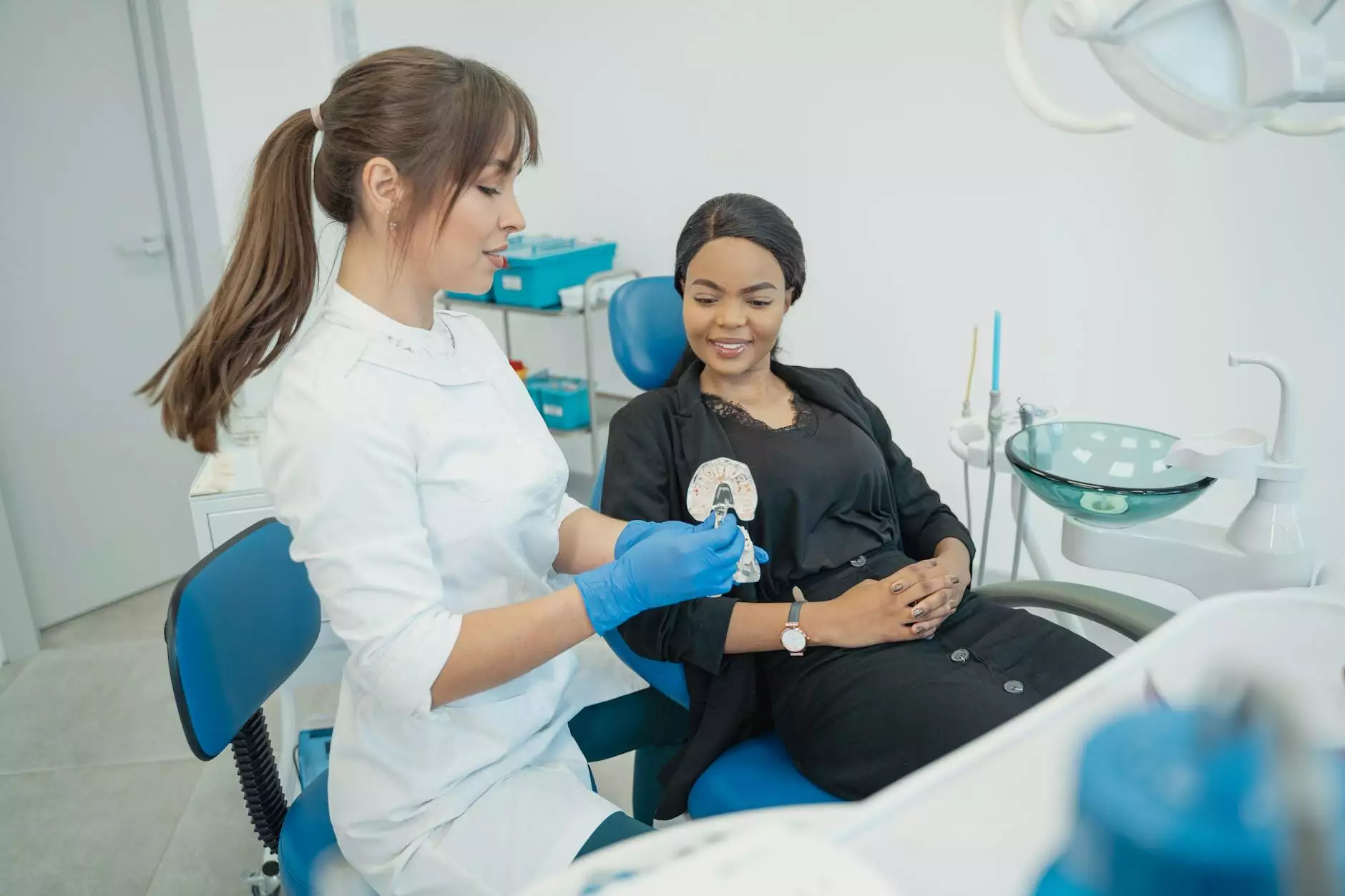Understanding CT Scans for Lung Cancer: A Comprehensive Guide

Lung cancer remains one of the most prevalent and deadly forms of cancer globally. Early detection and precise diagnosis are paramount in improving survival rates and treatment outcomes. One crucial tool in this quest is the CT scan (Computed Tomography scan). This article explores the significance of CT scans for lung cancer, the procedure's ins and outs, its benefits, and what patients can expect.
What is a CT Scan?
A CT scan is a sophisticated imaging technique that utilizes X-ray equipment and computer algorithms to create detailed images of the internal structures of the body. Unlike standard X-rays, which provide flat images, a CT scan produces cross-sectional images or slices of organs, tissues, and blood vessels. This detailed imaging is particularly vital in diagnosing lung-related ailments, including lung cancer.
The Role of CT Scans in Lung Cancer Diagnosis
CT scans play a pivotal role in the diagnosis of lung cancer. Here are the main functions they serve:
- Early Detection: CT scans can identify lung nodules as small as a few millimeters, making them invaluable for early lung cancer detection.
- Characterization: The scan can help distinguish between benign and malignant lesions, which is crucial in determining the appropriate treatment plan.
- Staging: Once lung cancer is confirmed, CT scans assist in staging the cancer by determining its size and whether it has spread to lymph nodes or other organs.
- Monitoring Response to Treatment: After treatment begins—be it surgery, chemotherapy, or radiation—CT scans help monitor the effectiveness and adjust strategies as necessary.
Types of CT Scans for Lung Cancer
Several types of CT scans are utilized in lung cancer diagnosis and management. These include:
- Standard Chest CT Scan: It provides detailed images of the lungs, airways, and surrounding structures, helping detect tumors and abnormalities.
- High-Resolution CT Scan: This is more sensitive and provides clearer images, particularly useful in characterizing small nodules or interstitial lung disease.
- Contrast-Enhanced CT Scan: By using a contrast agent, this scan improves the visibility of blood vessels and helps in the evaluation of the extent of cancer spread.
- CT Angiography: This specialized form is used to visualize blood vessels and is crucial for assessing vascular involvement in lung tumors.
How a CT Scan is Performed
The procedure for a CT scan for lung cancer is straightforward and usually takes about 30 minutes. Here is what patients can generally expect:
- Preparation: Patients may be asked to refrain from eating or drinking for a few hours prior to the scan, especially if a contrast dye will be used.
- Positioning: Upon arrival, the patient lies on a motorized table that slides into the CT machine. Positioning is crucial, and the technician will ensure the patient is comfortable yet still.
- Scan Procedure: As the machine operates, it will take multiple images from different angles. Patients are often asked to hold their breath for brief moments to reduce motion blur.
- Post-Procedure: After scanning, patients can usually resume regular activities immediately, unless sedation was used.
Benefits of CT Scans for Lung Cancer
The benefits of using CT scans for lung cancer diagnosis and management are numerous:
- Precision: CT scans provide high-resolution images that improve the accuracy of tumor visualization.
- Non-invasive: The procedure is relatively quick and does not require significant patient recovery time.
- Comprehensive Information: These scans offer wide-ranging insights regarding the tumor’s size, shape, and location, which are essential for effective treatment planning.
- Guiding Biopsies: CT imagery can be used to guide needle biopsies, allowing for precise tissue sampling from suspicious areas.
Understanding CT Scan Results
After the CT scan, the images are analyzed by a radiologist, who will interpret the results. Here are some potential outcomes:
- Normal Results: No signs of tumors or abnormalities in the lung tissue.
- Presence of Nodules: The presence of small nodules that may require further monitoring or additional testing.
- Diagnosis of Lung Cancer: An identified tumor that necessitates further action such as additional imaging, biopsy, or treatment.
Understanding these results can be daunting. Patients are encouraged to discuss their CT scan findings thoroughly with their healthcare provider to gain clarity and outline next steps.
Potential Risks and Limitations of CT Scans
Despite the numerous advantages, there are potential risks associated with CT scans, particularly:
- Radiation Exposure: CT scans expose patients to more radiation than standard X-rays. While the risk is generally low, cumulative exposure is a valid concern.
- Contrast Dye Reactions: For patients receiving contrast agents, there is a slight risk of allergic reactions, which can range from mild to severe.
- False Positives: CT scans can sometimes indicate the presence of a tumor or malignancy when it is not present, leading to unnecessary anxiety and additional procedures.
Improving Lung Cancer Outcomes Through Early Detection
Early detection through regular CT scans can significantly improve the prognosis and treatment outcomes for lung cancer patients. It's crucial to recognize the importance of screenings, particularly for high-risk groups such as:
- Individuals aged 55-80 with a significant smoking history
- Current smokers or those who quit within the past 15 years
- Individuals with a family history of lung cancer
Final Thoughts
In conclusion, CT scans for lung cancer represent a vital component in the early detection and effective management of this serious disease. Understanding their purpose, the procedure involved, and the implications of the findings can empower patients and healthcare providers alike. As the landscape of cancer treatment continues to evolve, these imaging technologies will remain instrumental in saving lives through early intervention and personalized care.
At Hello Physio, we are committed to providing state-of-the-art diagnostic and therapeutic services in health and medicine, sports medicine, and physical therapy. For more information or to schedule a consultation, visit us at hellophysio.sg.









